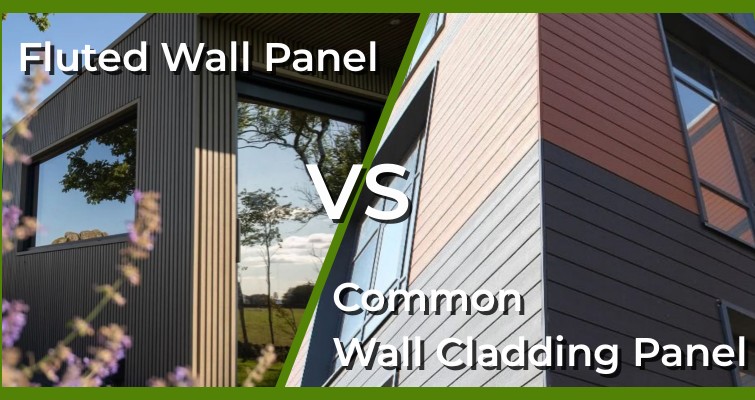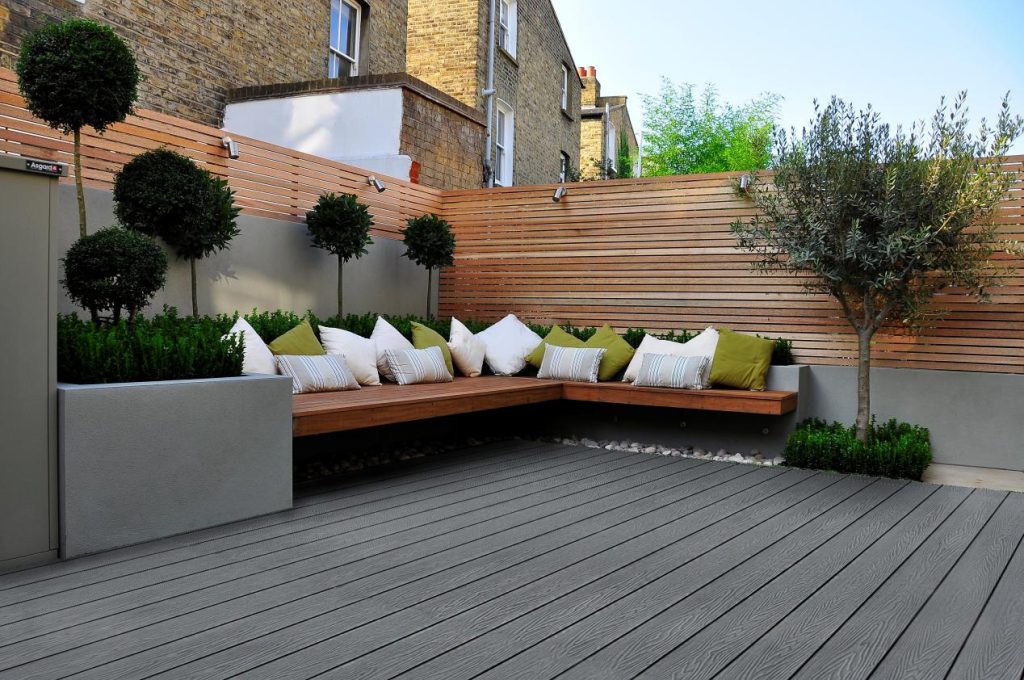WPC wall cladding panels effortlessly enhance both the aesthetic appeal and functionality of interior and exterior spaces, experiencing a surge in popularity in recent years. However, choosing the right type of wall cladding panels might pose some challenges. Fear not! This article will tell you the significant distinctions between two popular choices: common wall cladding panels and fluted wall panels.

Let’s dive deep into the distinctive features, advantages, and potential applications of each type. Discover their unique features, revel in their advantages, and envision the endless possibilities for your space. Whether you’re planning to upgrade your own house or undertaking residential or commercial projects, there’s nothing wrong with understanding these differences.
Characteristics of Common Wall Cladding Panels
Common wall cladding panels are widely recognized for their versatility and timeless appeal. These panels typically feature a smooth, flat surface, providing a clean and classic aesthetic to various settings. One of the primary advantages of common wall cladding panels is their ability to seamlessly blend with different architectural styles, making them a popular choice for both modern and traditional designs.
These panels come in a variety of materials, including wood, metal, and composite options. The choice of material often depends on factors such as budget, maintenance preferences, and the intended use of the space. Common wall cladding panels are known for their ease of installation, making them suitable for DIY projects or professional installations.
Exploring Fluted Wall Panels
Fluted wall panels, on the other hand, offer a distinctive textured surface characterized by linear grooves or channels. This unique design imparts a sense of depth and visual interest to walls, creating a dynamic and modern look. Fluted panels are available in various materials, including MDF, PVC, and metal, allowing for flexibility in design and application.
The fluted pattern not only adds a contemporary touch to spaces but also contributes to acoustic insulation. The channels in fluted wall panels can help absorb sound, making them an excellent choice for environments where noise control is a consideration, such as offices, studios, or public spaces.
Applications and Considerations
Understanding the intended applications is crucial when choosing between common wall cladding panels and fluted wall panels. Common panels, with their smooth surfaces, are often preferred in areas where a timeless and understated aesthetic is desired, such as residential interiors, retail spaces, and hospitality environments.
Fluted wall panels, with their textured appearance and acoustic benefits, find their niche in spaces where a modern and visually engaging design is desired along with sound control. Offices, conference rooms, and commercial interiors can benefit from the unique attributes of fluted panels.
In conclusion, the choice between common wall cladding panels and fluted wall panels boils down to the desired aesthetic, functionality, and the specific requirements of the space. Whether you opt for the timeless simplicity of common panels or the contemporary allure of fluted panels, understanding their characteristics and applications will guide you toward creating a space that not only looks great but also meets your practical needs.







